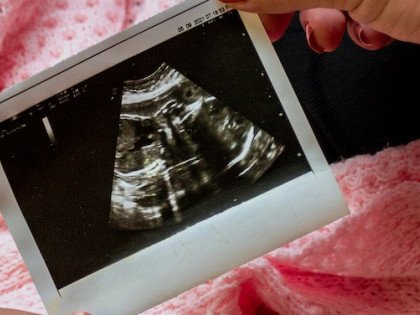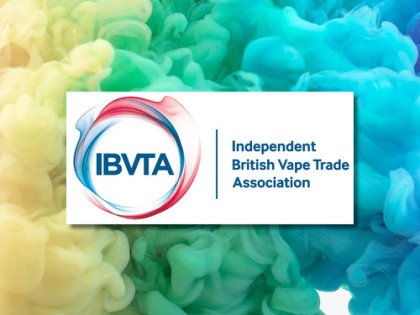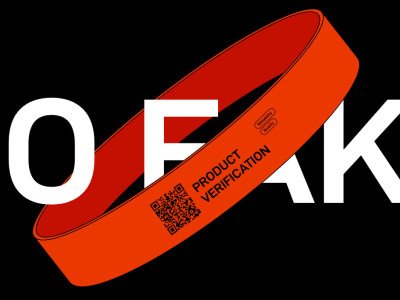The coils used for vaping are made up of metals such as titanium, nickel, Kanthal (iron-chromium-aluminium), nichrome (nickel-chromium with trace iron, copper, titanium, aluminium and others) and stainless steel. During heating, minute quantities of the metals are released into the wick and e-liquid - and then into the vapour.
Consequently, this is a very valid area of research as it could have implications for the long-term health of a vaper. Typically, John Hopkins did its best to put a negative slant on its work in order to maintain funding and continue a growing body of corrupt work.
Researchers, like those at John Hopkins, frequently ignore the old adage that it is the dose that makes the poison. It is for this reason bodies such as the Agency for Toxic Substances Disease Registry and the US Environmental Protection Agency specify safety limits rather than banning substances entirely.
Farsalinos and Rodu discovered that for a vaper to achieve the levels claimed by the John Hopkins researchers someone would need to use over 2 million grams of eliquid to consume an unsafe level of aluminium – and that’s in a single day.
To exceed daily exposure limits: more than 15,000g of liquid per day for cadmium, over 68g for chromium, 588g for copper, and 56,000g for iron.
The pair write: “17g/day liquid consumption needed to exceed safety limits (for the 75th percentile value reported by Olmedo et al., 2018) is approximately three-fold the average consumption. While the 95% confidence interval of liquid consumption in one study was 10 mL/day (Dawkins et al., 2013, calculated as mean þ [1.96 x standard deviation]), anecdotal reports suggest there are cases of consumers using 15–20g liquid per day (and maybe more).”
“Therefore, it is possible that some EC users consume amounts that would result in nickel exposure exceeding safety limits, although these cases do not represent average use. For all other metals, the amount of liquid consumption exceeding safety limits is so high that it is virtually impossible to be reached by EC users.”
Colin Mendelsohn wrote: “The mere presence of a chemical is meaningless without a risk assessment. Trace metals are present everywhere in the environment, including in the air, water, food, dietary supplements, pharmaceuticals, even nicotine inhalers, and are of no concern.”
“It is likely that metal exposure from vaping will reduce over time as the technology and manufacturing and products used are improved. But for now, the bottom line is that trace levels of metals released by vaping and are not a health risk.”
Dave Cross
Journalist at POTVDave is a freelance writer; with articles on music, motorbikes, football, pop-science, vaping and tobacco harm reduction in Sounds, Melody Maker, UBG, AWoL, Bike, When Saturday Comes, Vape News Magazine, and syndicated across the Johnston Press group. He was published in an anthology of “Greatest Football Writing”, but still believes this was a mistake. Dave contributes sketches to comedy shows and used to co-host a radio sketch show. He’s worked with numerous start-ups to develop content for their websites.
Join the discussion
Expert Reaction to Pregnancy Study
Experts have reacted to the QML study of impacts of vaping in pregnancy and comparison with smoking
Study: Vapes Help Pregnant Quitters
A new study from Queen Mary University of London finds that vapes help pregnant smokers quit and pose no risk of poor pregnancy outcomes
IBVTA responds to UCL study
The Independent British Vape Trade Association has responded to University College London research and said the findings show the Government’s smoke-free ambition is stalling
Cochrane Review Echoes Swedish Success
The Cochrane Review echoes the Swedish approach, finding less harmful alternatives like vaping are superior to other quit methods, says Smoke Free Sweden








-listing400.jpg)


